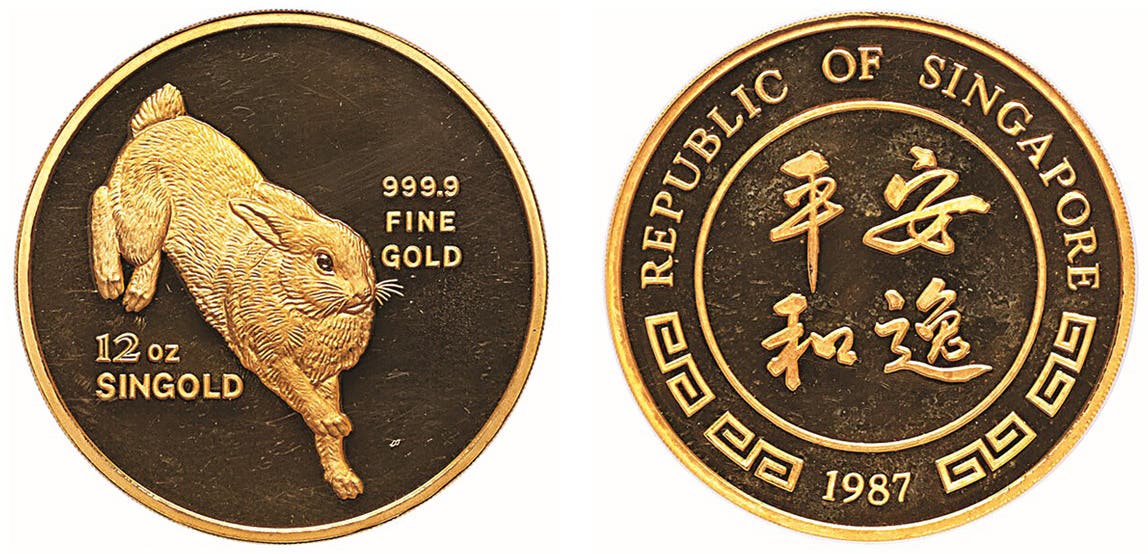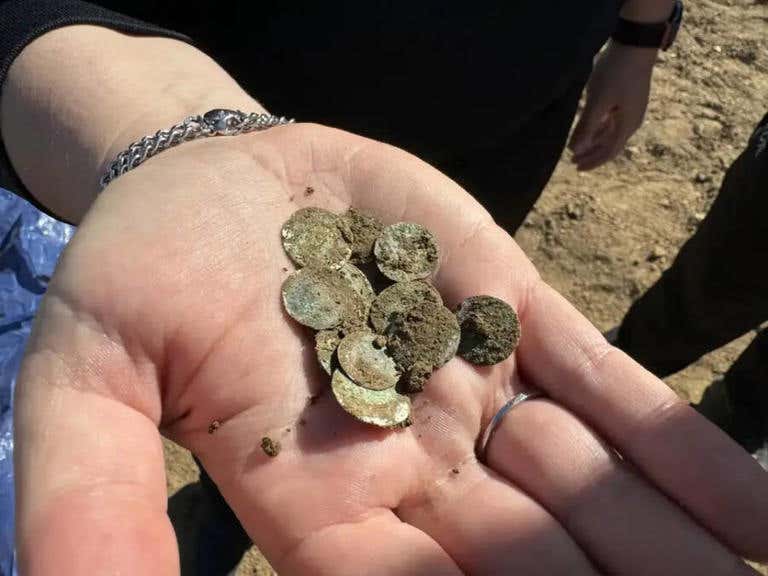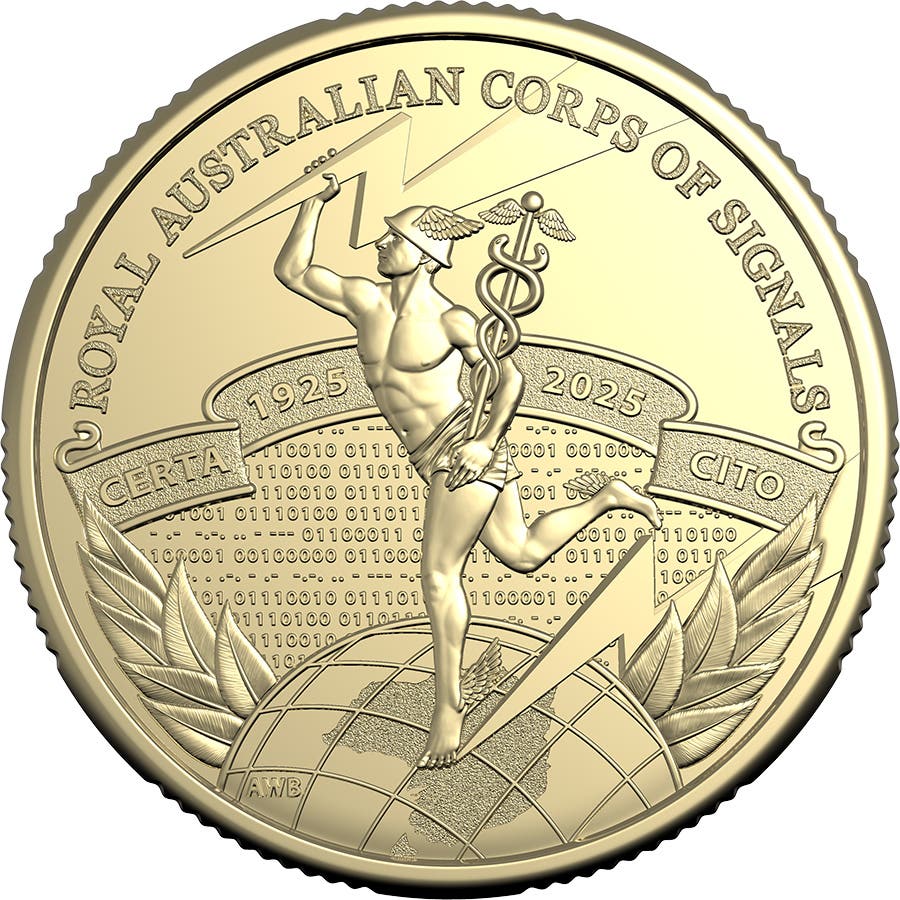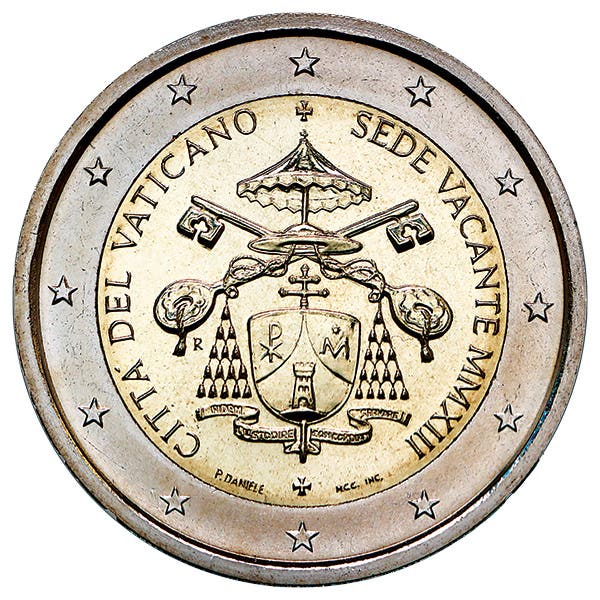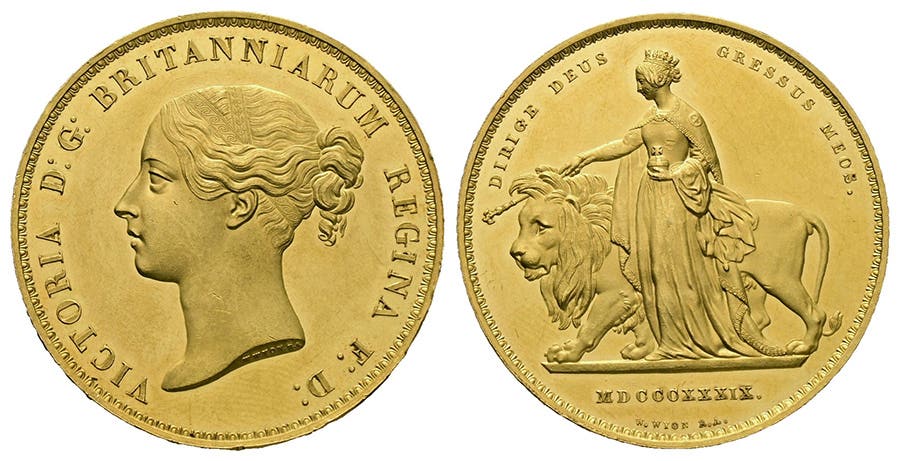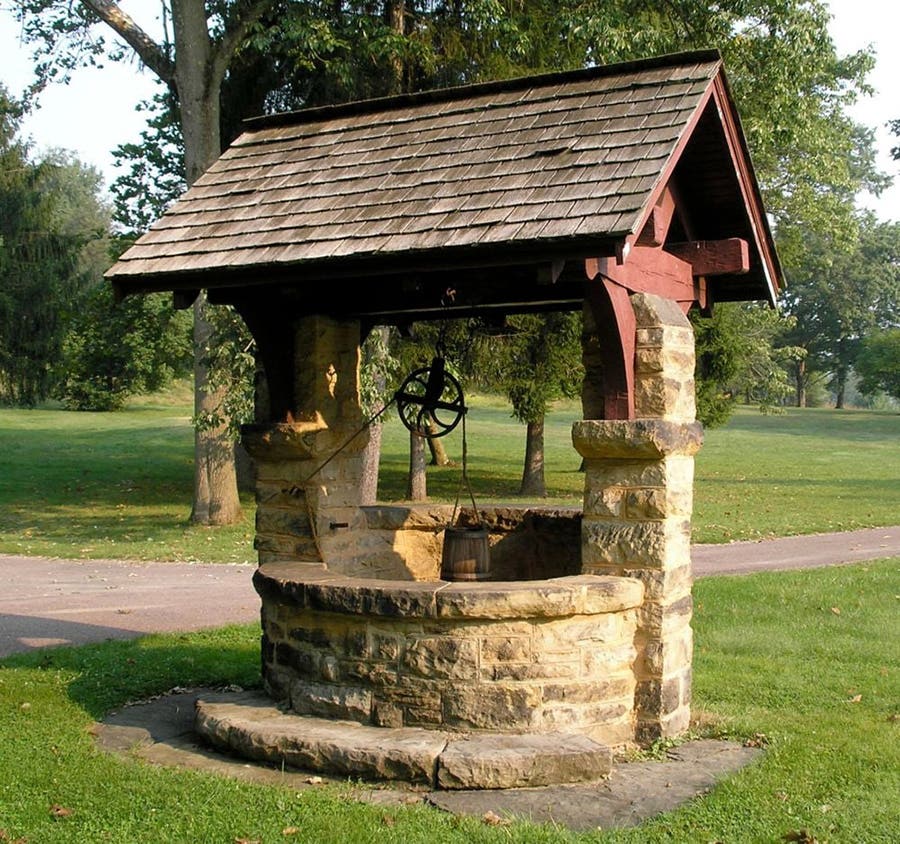Low Denomination Coins To Continue
In early November, the Isle of Man announced it was rolling back an earlier decision to begin withdrawing 1-, 2-, and 5-pence coins.
There are times in politics when progressives win, and there are times when conservatives win. The same can be true of numismatic politics. This time the conservative win comes as somewhat of a surprise.
In early November, the Isle of Man announced it was rolling back an earlier decision to begin withdrawing 1-, 2-, and 5-pence coins, rounding cash transactions to the nearest 10-pence. Feedback from the general public indicates the idea is not acceptable. The seven-week survey included 1,050 residents, retailers, business leaders, and local authorities.
According to the survey results, when asked if the three coin denominations “no longer have any real purchasing power” 45 percent said yes, however, 55 percent said no. Among the reasons given for the negative response were concerns the move would discriminate against poor people, vulnerable people, and anyone using physical cash. There were concerns that rounding up prices caused inflation. Among those who were willing to see the denominations become extinct, some of the respondents said “change was inevitable” or that the coins have no value.
The IOM had considered dropping its lowest three coin denominations due to inflationary pressures eroding the purchasing power of small change coins. It appears IOM Treasury Minister Alex Allinson read the tea leaves properly when he said any change to the IOM’s change “must be carefully considered.”
Allinson added that charities were concerned they might be deprived of small change coins, which often contributed, should the coin denominations cease circulating. Allinson had suggested charities consider modernizing their “collection strategy” through investment in mobile card readers. The Manx Lottery Trust can support charities interested in using mobile card readers.
Allinson suggested businesses plan “on a voluntary basis” for when the number of smaller coins in circulation falls to a point where rounding to the nearest five pence becomes required. This is because while the three denominations will remain as legal tender, the IOM will no longer mint them.
According to Allinson, “As the cost of minting 1-penny and 2-penny coins is greater than their value, there are no plans to produce anymore. Businesses should therefore start thinking about how this may affect them and plan for when the number in circulation falls to a point that requires them to start rounding to the nearest five pence on a voluntary basis.”
Allinson continued, “Issues facing charities were raised as a key concern through the consultation as so many rely on donations of loose change, which people tend not to carry these days. I’d like to appeal to people to dig out any jars of small change they may have and give them to a good cause.”
Allinson said, ‘The response to the consultation was excellent, and I’d like to thank everyone who took the time to share their views and join the discussion on this important topic.
While the outcome means there will be little effect in the short term, it’s important to note the consistent trend in the declining use of cash. This has been recorded in the UK and also locally by the Department for Enterprise, whose recent survey showed transactions split 70 percent digital and 30 percent cash.”
IOM coinage is denominated in Manx pounds. IOM coinage, including both circulation and commemorative issues, was minted by the Pobjoy Mint between 1971 and 2016 and by the Tower Mint since 2017. United Kingdom coins are similar to those of the IOM. For that reason, IOM coins are occasionally found in circulation in the UK, where they are not legal tender. Ironically, UK coins are legal tender on the IOM. The UK still produces 1-, 2-, and 5-pence coins for circulation.
IOM bank notes are issued in denominations of £1, £5, £10, £20, and £50. Penny and 2-penny coins have not been minted since 2016.
IOM coinage began with traders’ currency tokens issued between 1668 and 1831 by various issuers. John Murrey issued pennies in 1668. “Murrey Pennies” became legal tender in 1679 when other unofficial private coinages were outlawed.
A request for IOM coinage made to the Royal Mint in 1708 was refused by Master of the Mint Sir Isaac Newton. The first government-issued coins for the island came a year later. In 1733 any non-precious metal coinage was outlawed.
In 1811, halfpenny, penny, shilling, half-crown, and crown-denominated coins were issued by Littler, Dove, and Company (The Douglas Bank Company). In the same year, Atlas Fire Insurance Company in Douglas and Quayle, Cotteen, and Lightfoot in Castletown issued halfpennies and pennies. This was followed by halfpennies and pennies issued in Castletown by John Caine in 1830 and by 1831 halfpennies issued at Ramsey by timber exporter William Callister.
IOM copper farthings, halfpennies, and pennies on which the UK monarch appears were issued by the Royal Mint between 1839 and 1971, at which time halfpenny, penny, twopence, 5-, 10-, and 50-new pence coins were introduced. In 1978 £1 coins were introduced. A £2 coin followed in 1998.



